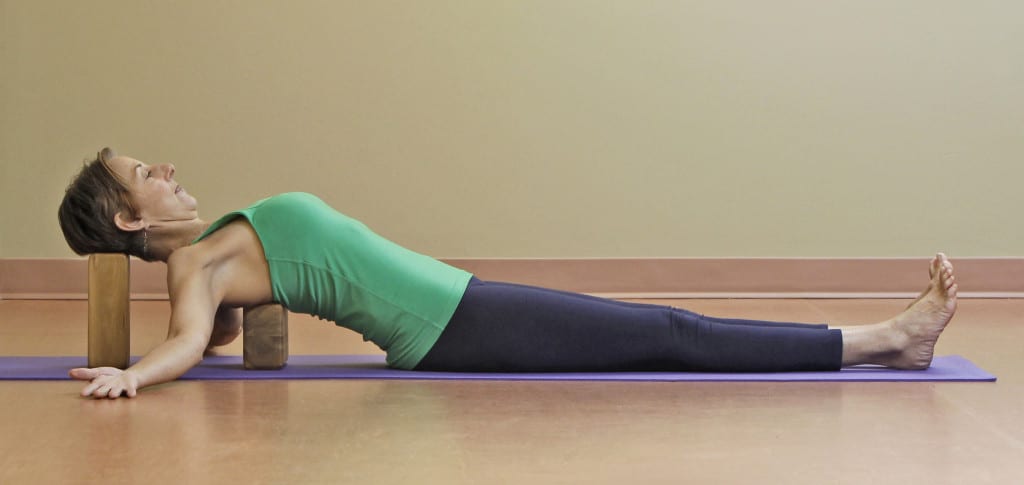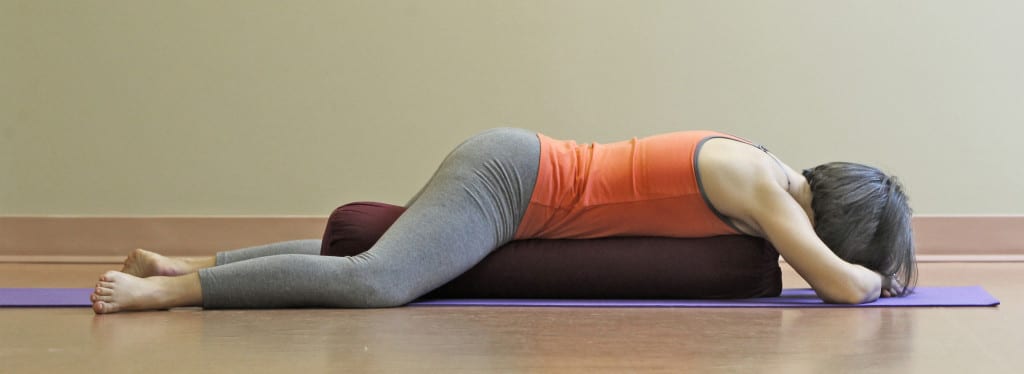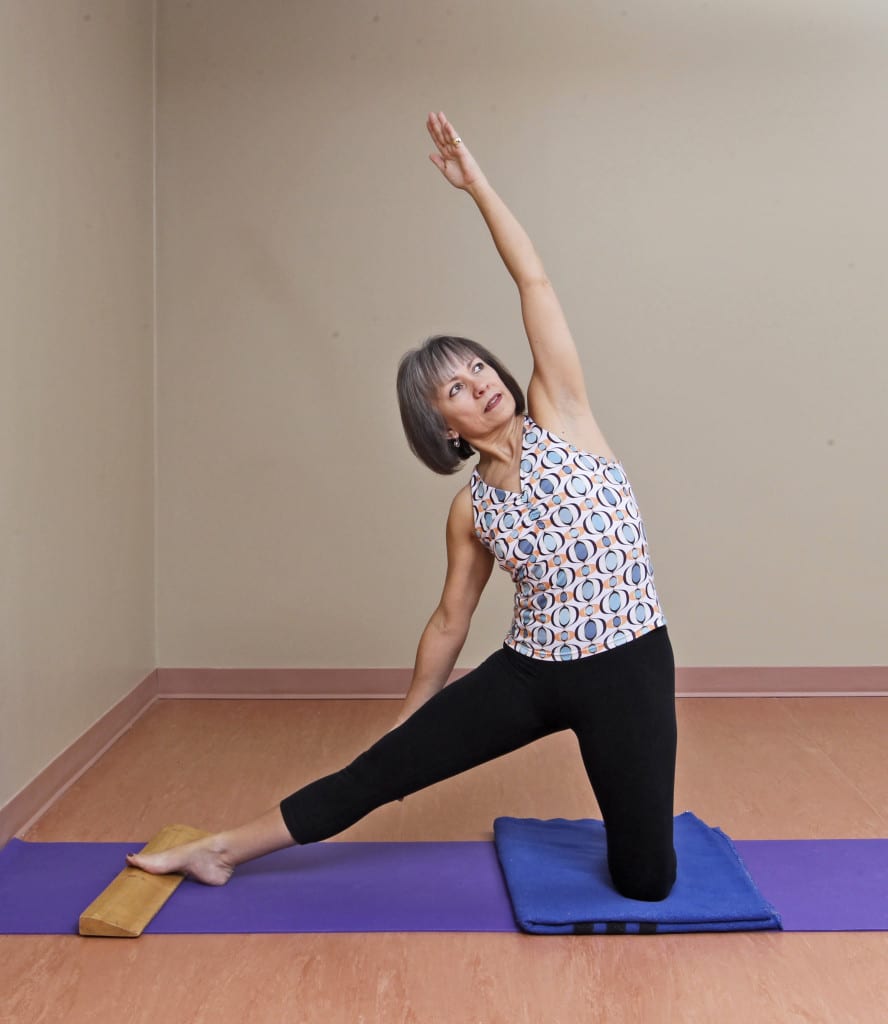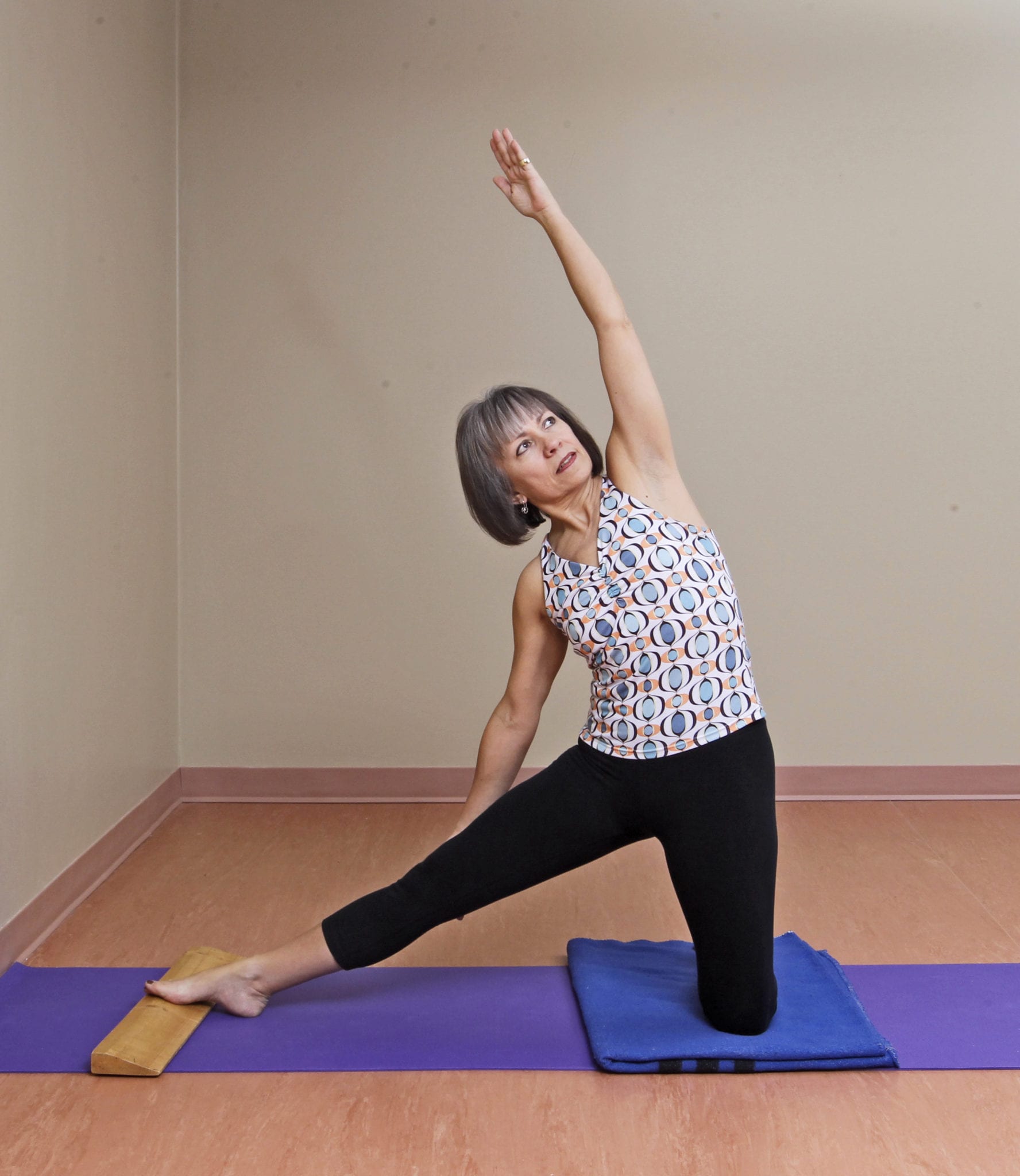
Are you aware of how you breathe? Did you know that most people are chronic shallow breathers due to stress in their lives and tightness in their bodies? It takes a deep breath to fill our lungs, top to bottom and side to side. Unfortunately, rounded shoulders and other forms of misaligned posture compress the lungs diminishing our capacity to breathe deeply and fully. Furthermore, when the lungs are tight or restricted, our organs and cells do not receive adequate amounts of freshly oxygenated blood, which often leads to other discomforts, pains and illnesses. In order for us to live well, oxygen is needed by every cell in our body. Our lungs and heart are the body’s breath regulators and distributors. So, remind yourself to breathe deeply whenever you can.
By following your breath as it enters and exits your body, you are practising one of the eight limbs of yoga — pratyahara (withdrawing your senses from the external world to your inner experience). The further ability to concentrate on the breath, instead of expending energy distracted by the constant chattering of your mind, is another of the eight limbs — dharana (concentration on a single focus). Both pratyahara and dharana are essential practices for developing our capacity to meditate— dhyana (keen awareness and alertness with a quiet mind).
In yoga, the breath is considered the link between the body, mind and spirit. When we quiet the breath, we quiet the body and the mind. That is, when we release tension and tightness from our breath, we release tension and tightness from body and mind. When our breath, body and mind are alert and at ease, we create space for our spirit to be heard, and we free our soul from attachment or indifference to the sorrows of pain or the joys of pleasure. Thus, we are able to see beyond life’s drama and rest in its blissful stillness.
Yoga uses physical postures (asana) to prepare our body for deep, full breathing. Today’s poses were chosen to open the front, back and sides of our lungs.
Action:
Imagine your lungs as two breath balloons held within your rib cage. As you inhale, feel the balloons expand forward, back and out to both sides. As you exhale, note how the balloons contract. For more experienced practitioners, as you exhale keep the sense of space within the rib cage gained through the inhalation even as you feel the contraction of the lungs.

BISHMASANA (Bed of Nails pose)
Great for opening the front of the lungs. Place two blocks horizontally on which to rest your shoulder blades and head. Keep the block for your head on the same height or slightly higher than the block for your shoulder blades. Lie onto the blocks, and breathe deeply into the front of the lungs for 10 breaths or 3 minutes.

SALAMBA MAKARASANA (Supported Crocodile Pose)
Wonderful for bringing breath into the back of the lungs. Lie your torso over a bolster. Allow your knees to bend and your legs to rest comfortably. Rest your head on the support of your stacked hands or a block. Breathe deeply into the back of the lungs for 10 breaths or 3 minutes.

PARIGHASANA (Gate Pose)
For opening the side lungs. Kneel on a blanket. Keep your left hip in line with your left knee as you step your right foot out to the side and onto a support. Externally rotate (turn the thigh to the right) and straighten your right leg. Bend to the side from your hip crease and stretch your left arm overhead. Breathe deeply into your left lung for 5 breaths. Repeat on the other side.
For more information, refer to Creating Space: Yoga Actions for Pelvis & Psoas.





